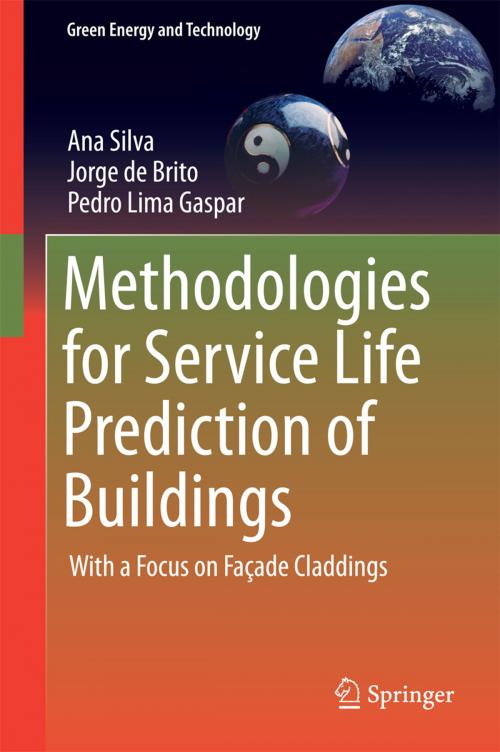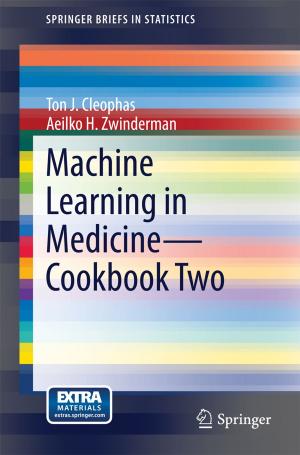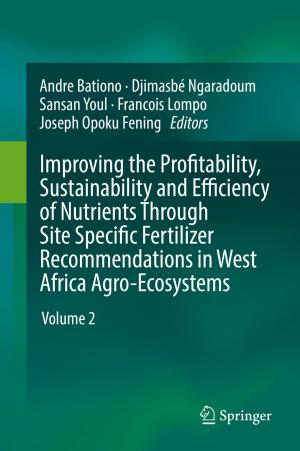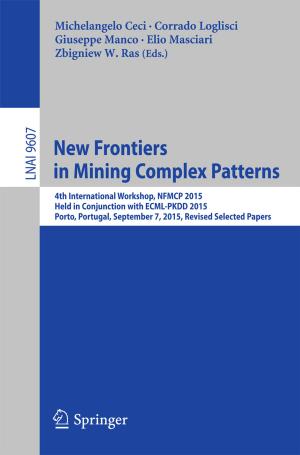Methodologies for Service Life Prediction of Buildings
With a Focus on Façade Claddings
Nonfiction, Science & Nature, Technology, Nanotechnology, Engineering, Civil| Author: | Ana Silva, Jorge de Brito, Pedro Lima Gaspar | ISBN: | 9783319332901 |
| Publisher: | Springer International Publishing | Publication: | April 28, 2016 |
| Imprint: | Springer | Language: | English |
| Author: | Ana Silva, Jorge de Brito, Pedro Lima Gaspar |
| ISBN: | 9783319332901 |
| Publisher: | Springer International Publishing |
| Publication: | April 28, 2016 |
| Imprint: | Springer |
| Language: | English |
Presenting an analysis of different approaches for predicting the service life of buildings, this monograph discusses various statistical tools and mathematical models, some of which have rarely been applied to the field. It explores methods including deterministic, factorial, stochastic and computational models and applies these to façade claddings. The models allow (i) identification of patterns of degradation, (ii) estimation of service life, (iii) analysis of loss of performance using probability functions, and (iv) estimation of service life using a probability distribution. The final chapter discusses the differences between the different methodologies and their advantages and limitations. The authors also argue that a better understanding of the service life of buildings results in more efficient building maintenance and reduced environmental costs. It not only provides an invaluable resource to students, researchers and industry professionals interested in service life prediction and sustainable construction, but is also of interest to environmental and materials scientists.
Presenting an analysis of different approaches for predicting the service life of buildings, this monograph discusses various statistical tools and mathematical models, some of which have rarely been applied to the field. It explores methods including deterministic, factorial, stochastic and computational models and applies these to façade claddings. The models allow (i) identification of patterns of degradation, (ii) estimation of service life, (iii) analysis of loss of performance using probability functions, and (iv) estimation of service life using a probability distribution. The final chapter discusses the differences between the different methodologies and their advantages and limitations. The authors also argue that a better understanding of the service life of buildings results in more efficient building maintenance and reduced environmental costs. It not only provides an invaluable resource to students, researchers and industry professionals interested in service life prediction and sustainable construction, but is also of interest to environmental and materials scientists.















